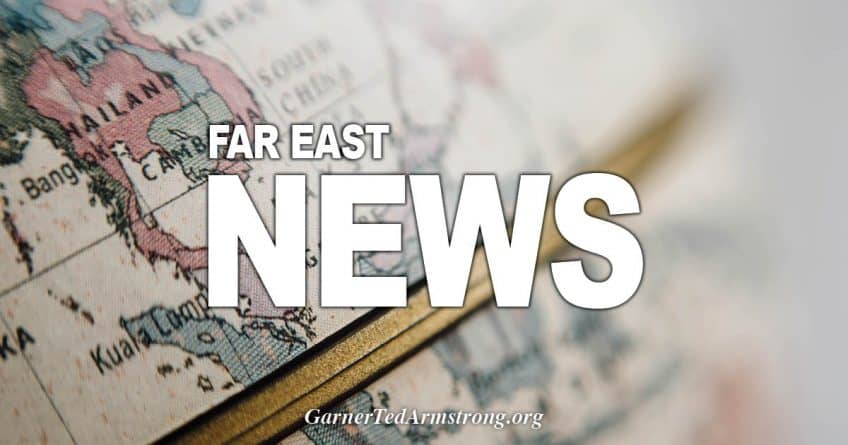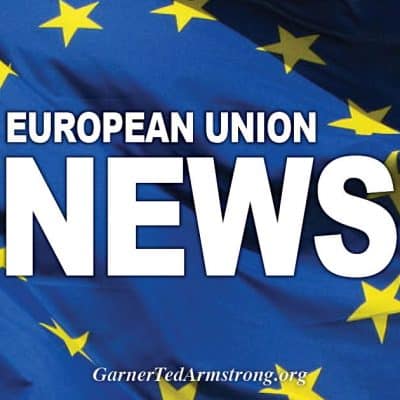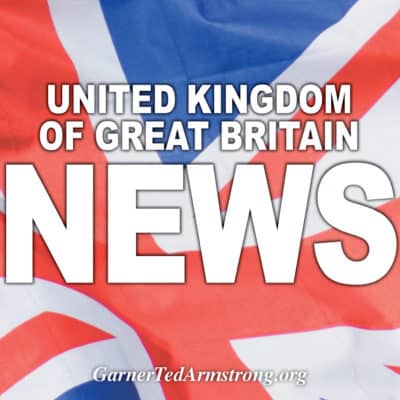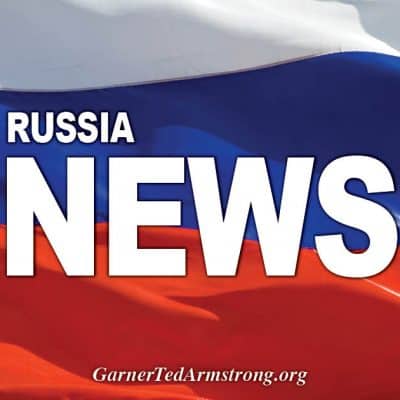In recent months, North Korean leader Kim Jong Un has made tests of his country’s increasingly powerful and capable missiles a routine matter. In response, U.S. President Joe Biden — at least in part because of his focus on the war in Ukraine — has largely maintained an approach resembling the Obama administration’s policy of “strategic patience,” a strategy that amounted to waiting for Pyongyang to come to the negotiating table.
Biden’s administration, however, could soon find that approach hard to sustain, with senior officials from the U.S., South Korea and Japan concluding that a North Korean nuclear test — its first in nearly five years — is likely imminent.
“The United States assesses that the DPRK is preparing its Punggye-ri test site and could be ready to conduct a test there as early as this month, which would be its seventh test. This assessment is consistent with the DPRK’s own recent public statements,” U.S. State Department deputy spokesperson Jalina Porter said on May 6, using the acronym for the North’s formal name.
At a large-scale military parade late last month, Kim vowed in a speech before thousands of goose-stepping soldiers that he would speed up the development of his nuclear arsenal. At the same time, he delivered a chilling warning about its potential use should war erupt on the Korean Peninsula.
Japan has echoed the U.S. view, with Defense Minister Nobuo Kishi pointing to Kim’s stated commitment to the continued buildup of his nuclear weapons program despite crushing United Nations sanctions.
“It’s clear that North Korea intends to turn its back on the international community and continue its nuclear development, as evidenced by its repeated references to strengthening its nuclear arsenal,” Kishi said earlier this month. “This is absolutely unacceptable.”
A return to the headlines?
At the Punggye-ri site — which was closed in 2018 after Kim announced a self-imposed moratorium on nuclear and long-range missile tests, with some tunnels dramatically blown up — recent satellite imagery has captured work to restore at least one tunnel, likely for its next nuclear test.
The North, likely well aware of spy satellites flying above, has done little to deny that a test could be imminent.
“Preparations for a resumption of nuclear testing are clearly underway,” said Joshua Pollack, a senior research associate at the Middlebury Institute of International Studies in California.
This year, the North has unleashed a record-breaking number of missile launches, conducting 16 tests — including one of an intercontinental ballistic missile that Japan’s Defense Ministry believes is capable of traveling 15,000 kilometers, putting the entire U.S. within striking distance.
The ICBM test in late March put the final nail in the coffin for Kim’s self-imposed moratorium on longer-range missile launches.
A nuclear test, however, would not only provide Pyongyang with crucial data for diversifying its arsenal of nuclear bombs, but also thrust the isolated country back into the spotlight, some experts say.
“Short-range missile tests from North Korea barely register these days for the international community, in part because we’ve become numb to the frequency of such tests, but also because of the Ukraine crisis,” said Andrew Yeo, a senior fellow and North Korea expert at the Brookings Institution think tank. “A nuclear test would certainly be a wake-up call.”
Timing ripe for nuke test
While the timing of such a move remains unclear, especially as North Korea grapples with its first publicly acknowledged outbreak of COVID-19, officials in Washington, Seoul and Tokyo have all said that Pyongyang is likely to finish preparations for a test at the Punggye-ri site sometime this month.
Within that time frame, Kim has a number of opportunities to play a disruptive role.
Biden is scheduled to visit Seoul and Tokyo for five days from Friday for meetings with new South Korean President Yoon Suk-yeol and Japanese Prime Minister Fumio Kishida. The U.S. president is then due to hold talks with the leaders of Australia, India and Japan for a “Quad” summit in Tokyo.
But the recently revealed COVID-19 crisis in North Korea could put any plans for a nuclear test on ice as the country focuses its energies on the outbreak. State media reported Tuesday that the country had confirmed 269,510 more cases of “fever” symptoms as of a day earlier, bringing the total to 1,483,060, while the death toll rose to 56.
Kim has said the outbreak is causing “a great upheaval” not seen since the country’s founding. On Tuesday, state media said he had ordered the mobilization of the military for a mission aimed at “defusing the public health crisis.”
Even if Kim chooses to hold off on a seventh nuke test this month, precedent holds that he’s still likely to take such a step sometime early in the Yoon administration.
Yoon took office just last week and used his inauguration speech to highlight his hawkish stance on the South’s neighbor, calling for Pyongyang’s “complete denuclearization” and labeling its increasingly sophisticated weapons as a threat not only to the Korean Peninsula and Northeast Asia but to the globe as well.
While Yoon did say that “the door to dialogue will remain open” to peacefully resolving the nuclear threat, offering up the possibility of economic aid to the North, this was only on the condition that Pyongyang first give up its nukes — a nonstarter for Kim, who views the weapons as essential for the survival of his regime.
“If the past is any predictor of future behavior, North Korea has tended to escalate tensions within the first couple of months of a new South Korean president, irrespective of political party,” Yeo said.
A ‘tactical’ advantage?
Although the North’s last nuclear test, in 2017, was its most powerful blast to date, observers say any new test would likely be of a smaller battlefield weapon known as a “tactical” nuclear bomb that could be deployed on its growing number of short- and midrange missiles capable of striking South Korea and Japan.
“Testing a lower-yield device would make sense, since Kim Jong Un has been talking about the development of ‘tactical’ nuclear warheads since his remarks at the Eighth Party Congress in January 2021,” Pollack said of a rare meeting of the North’s ruling party’s top officials during which Kim unveiled a wish list of weapons he was seeking.
While Kim has described his country’s “super large nuclear warheads” as already being in production, there has been a noticeable shift to focusing on the smaller tactical weapons. Indeed, state-run media was clear in its description of a test last month of the country’s newest short-range ballistic missile, which it said was “of great significance in drastically improving … the operation of tactical nukes.”
If the North were to test a smaller-yield device, which appears increasingly likely given the condition of the Punggye-ri testing site, it would give them a potent weapon that could be used as leverage in any return to long-stalled nuclear negotiations with the U.S.
It could also add momentum to an already unfolding arms race on the Korean Peninsula and with Japan.
“Testing smaller warheads would add more versatility to the regime’s toolbox of coercion and extortion,” said Yeo. “A successful test of smaller tactical nukes would definitely spur open debate about bringing tactical nuclear weapons back” to South Korea.
Yeo said that although Yoon’s team backed the idea at one point during the presidential election race, “it’s unlikely that it would support the deployment of such weapons, as this could lead to further instability in Northeast Asia. Moreover, the U.S. would likely oppose such a decision.”
A test of a North Korean tactical weapon, however, could add to growing support for Seoul developing an indigenous nuclear weapons program — which may even be the preferred route, according to a February survey that found a robust majority of public support in South Korea for the possession of the country’s own arsenal over stationing U.S. nukes there.
For Japan, the repeated missile and nuclear tests — including a number of launches that have landed in Japanese waters and territory — have been a key driver in Tokyo’s push to shed its postwar defense constraints. Most recently, Kishida has vowed to consider “all options” to strengthen the country’s defenses, including acquiring a so-called counterstrike capability that would be, in part, intended to deter a North Korean attack.
Ultimately, though, much will rest on what Kim decides to do.
For his part, Pollack believes that North Korea would have little to gain from pursuing tactical weapons, given its estimated arsenal of 20 to 60 warheads, steady supply of fissile material for more bombs and its advances in longer-range missile technology.
“They are already capable of striking essentially any target of interest, anywhere,” he said. “Kim Jong Un continually tries to alchemize nuclear weapons into the respect of the world, but the formula seems to have escaped him.”
Kim’s quest to diversify his arsenal as his country faces down the virus as well as serious food shortages, Pollack said, is “especially striking.”
“It seems like a distraction. But perhaps it’s easier to contend with external dangers than internal ones.”
Source: https://www.japantimes.co.jp/news/2022/05/17/asia-pacific/north-korea-nuclear-test-tactical-weapons/
[Disclaimer]









